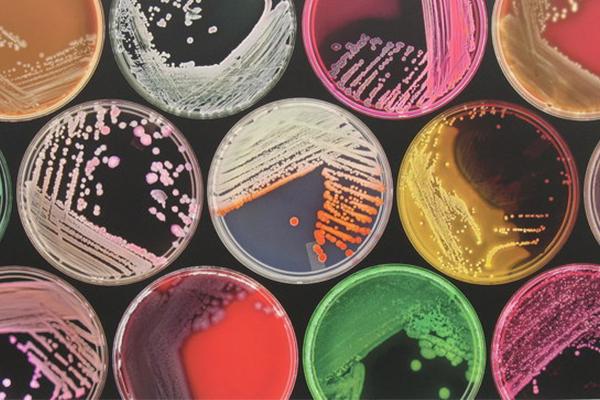
Wed, October 10 - Fri, October 12, 2018
8:00 am - 5:00 pm
MBI Auditorium, Jennings Hall 355
Goals of this workshop include:
- Identify the questions, challenges, tools, and needs for microbiome studies at Ohio State University (OSU) and in the greater Columbus area.
- Stimulate interdisciplinary collaborations at OSU and in the greater Columbus area (e.g. Nationwide Children’s Hospital, Battelle).
The intended workshop participants are faculty / PIs who are laboratory scientists, mathematicians, statisticians, or metabolic modelers working on or interested in questions that involve the microbiome.
As such, preference will be given to OSU or local faculty applicants for this workshop.
